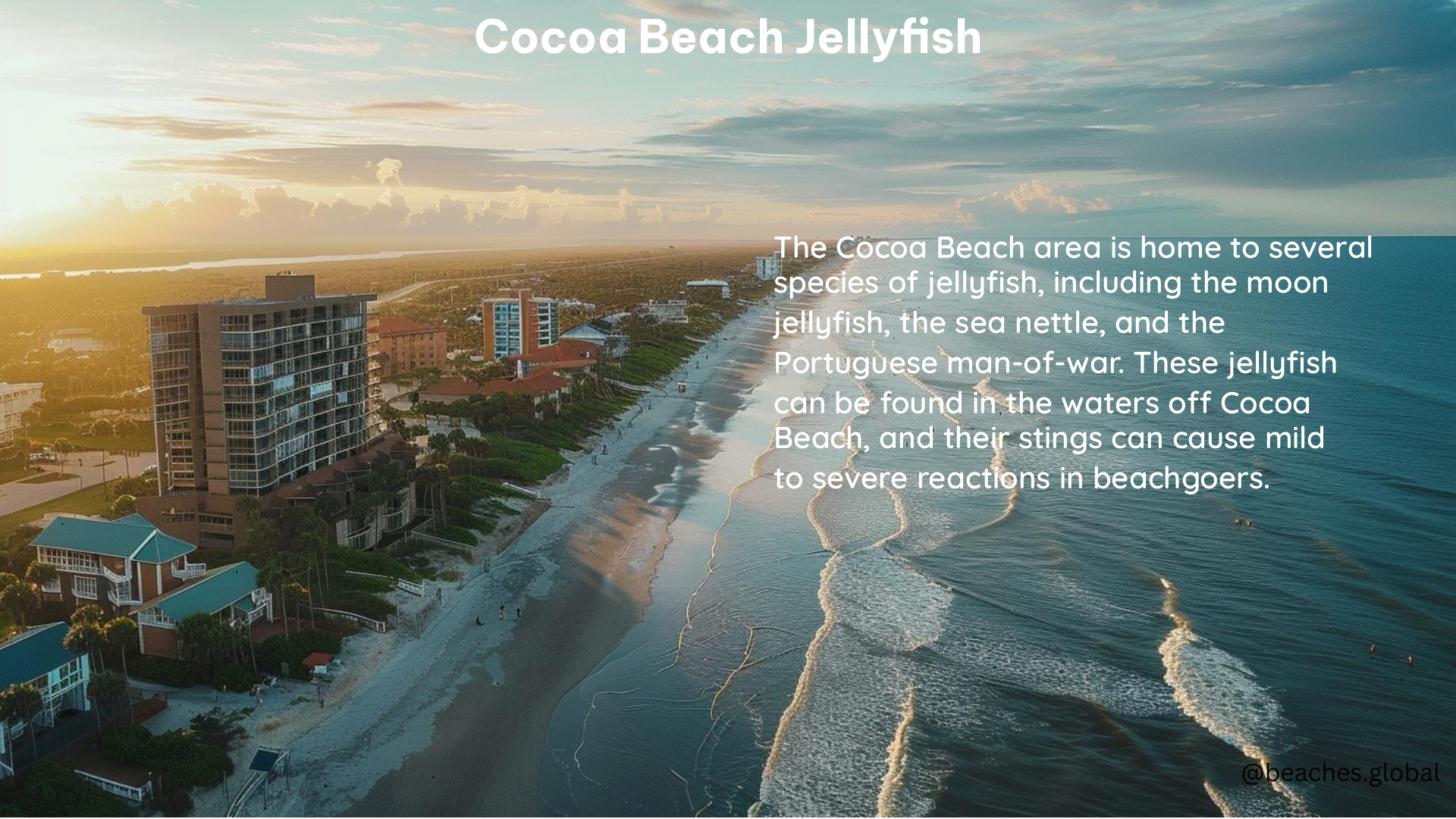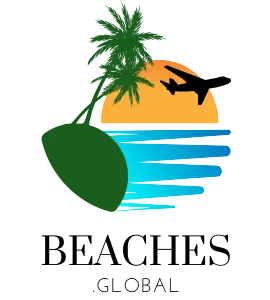Cocoa Beach, a renowned coastal destination in Florida, is home to a diverse array of marine life, including the captivating yet potentially dangerous jellyfish. As a beach enthusiast, it’s essential to understand the unique characteristics and behaviors of these enigmatic creatures to ensure a safe and enjoyable experience.
The Portuguese Man O’ War: A Siphonophore Masquerading as a Jellyfish
The most common type of “jellyfish” found on Cocoa Beach is the Portuguese Man O’ War, a siphonophore that is often mistaken for a true jellyfish. These remarkable creatures have a distinctive blue or purple gas-filled bladder that allows them to float on the surface of the water, and long, venomous tentacles that can deliver a painful sting.
In recent years, Cocoa Beach has witnessed the arrival of thousands of these siphonophores, prompting warnings from Brevard Ocean Rescue. The sting from a Portuguese Man O’ War can be more severe than a typical jellyfish sting, causing pain similar to a wasp sting. In some cases, an allergic reaction to the sting may require medical attention.
Treating a Sting: Effective First Aid Measures

If you or a loved one are unfortunate enough to encounter a Portuguese Man O’ War sting, it’s crucial to know the proper first aid measures. The recommended treatment is to scrape off the tentacles with a credit card and rinse the affected area with saltwater. Applying vinegar or meat tenderizer can also help alleviate the pain. It’s important to avoid using urine, as this old home remedy is not effective and can actually make the pain worse.
Other Jellyfish and Venomous Marine Creatures on Cocoa Beach
In addition to the Portuguese Man O’ War, visitors to Cocoa Beach may also encounter beached jellyfish or see sea nettles and comb jellies in the water. These creatures can also deliver a sting, so it’s essential to exercise caution when swimming in the ocean.
To stay informed about the presence of jellyfish on Cocoa Beach, visitors can check the jellyfish map on Meduseo, which provides real-time updates on the presence of jellyfish on beaches in Cocoa Beach and across Europe.
Staying Safe and Informed: Tips for Beachgoers
To ensure a safe and enjoyable beach experience, it’s crucial for visitors to Cocoa Beach to be aware of the potential risks associated with jellyfish and other venomous marine creatures. Here are some tips to keep in mind:
-
Check for Jellyfish Warnings: Before entering the water, check for any posted warnings or advisories about the presence of jellyfish or other dangerous marine life.
-
Wear Protective Clothing: Consider wearing a wetsuit, rash guard, or other protective clothing that can help minimize the risk of stings.
-
Avoid Touching or Handling Jellyfish: Never touch or attempt to handle any jellyfish or siphonophores, even if they appear to be washed up on the shore.
-
Seek Medical Attention for Severe Stings: If you or someone you know experiences a severe reaction to a jellyfish sting, seek immediate medical attention.
-
Stay Informed: Keep up-to-date on the latest information about jellyfish and other marine life in the Cocoa Beach area by checking local news sources and websites like Meduseo.
By understanding the unique characteristics of Cocoa Beach’s jellyfish and other venomous marine creatures, and taking the necessary precautions, visitors can safely enjoy the beauty and wonder of this coastal destination.
Conclusion
Cocoa Beach is a stunning coastal destination that offers a wealth of natural beauty and marine life. However, it’s essential for visitors to be aware of the potential risks associated with jellyfish and other venomous creatures. By staying informed, taking precautions, and knowing how to respond to a sting, beachgoers can safely explore the wonders of Cocoa Beach’s coastal ecosystem.
